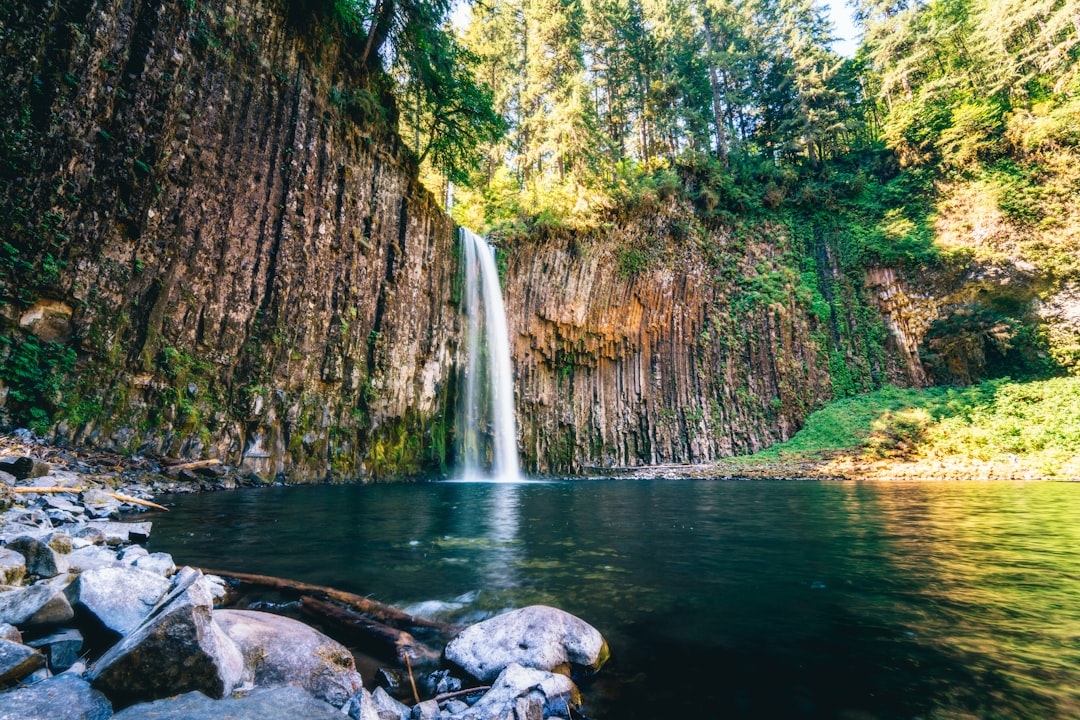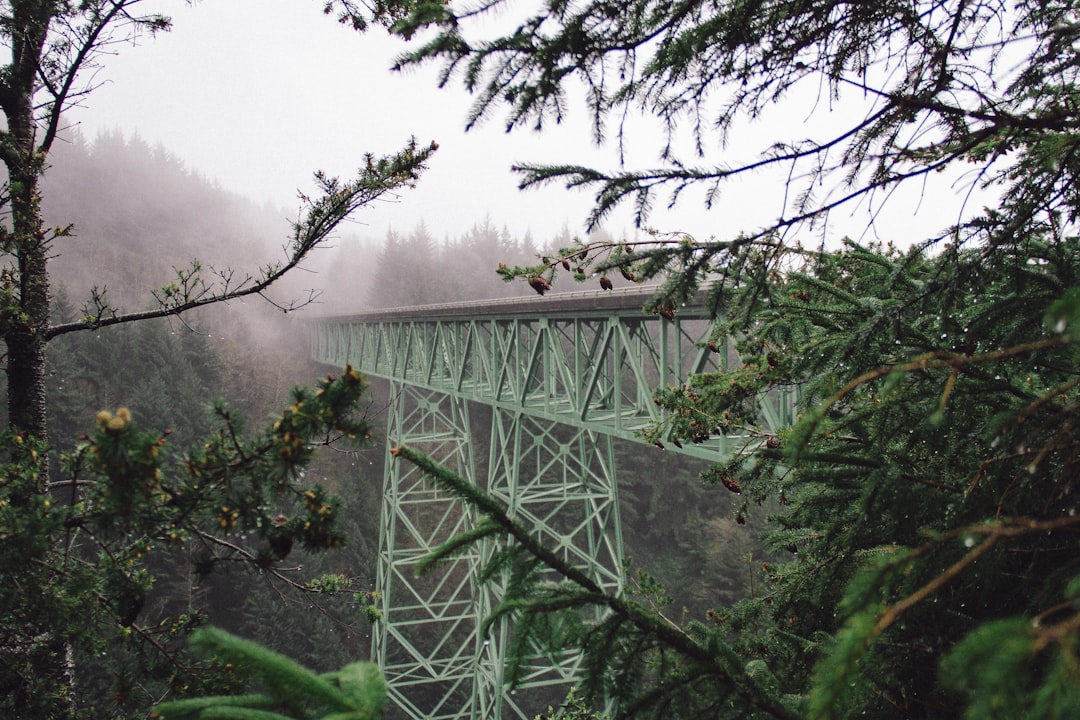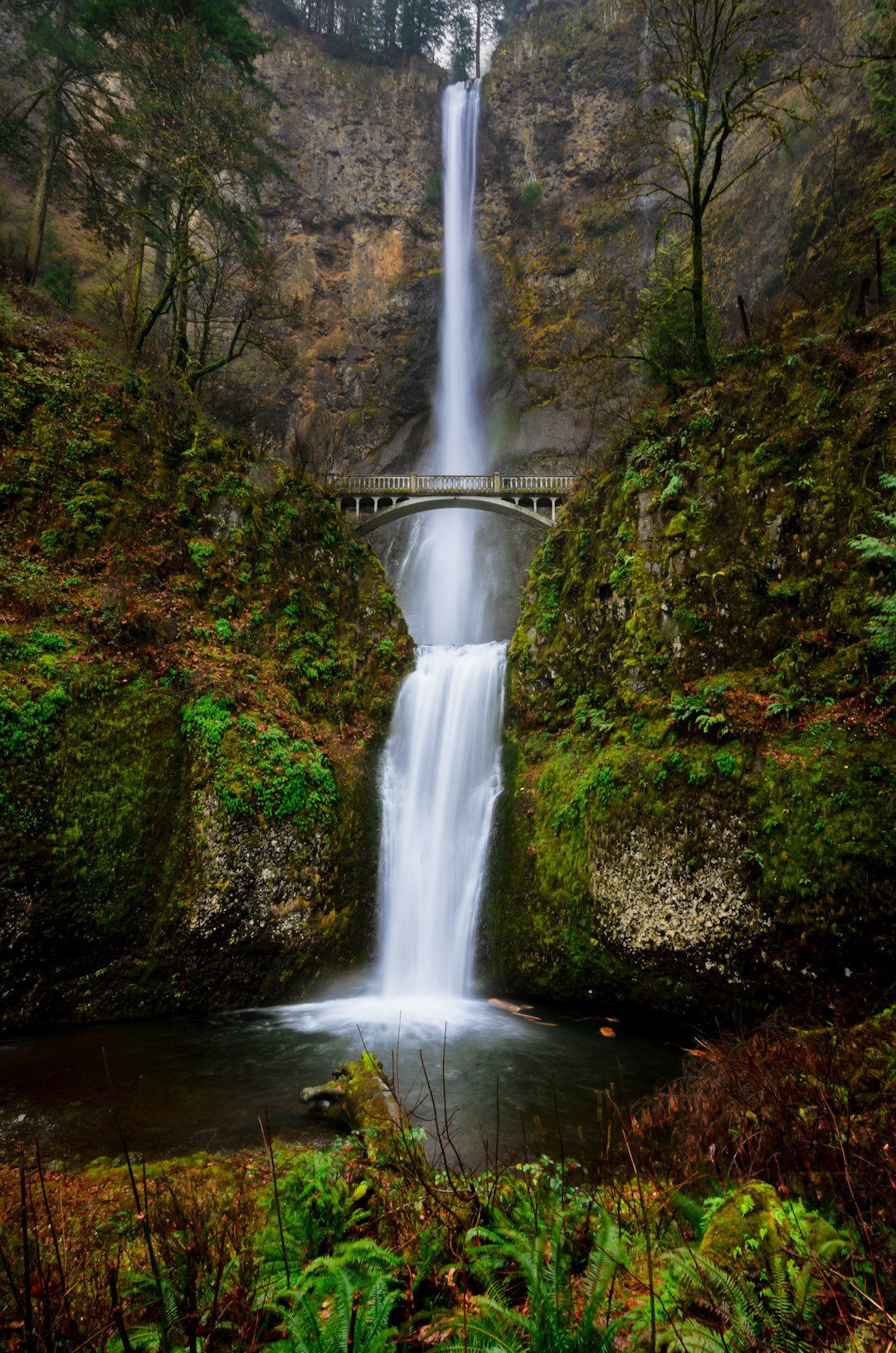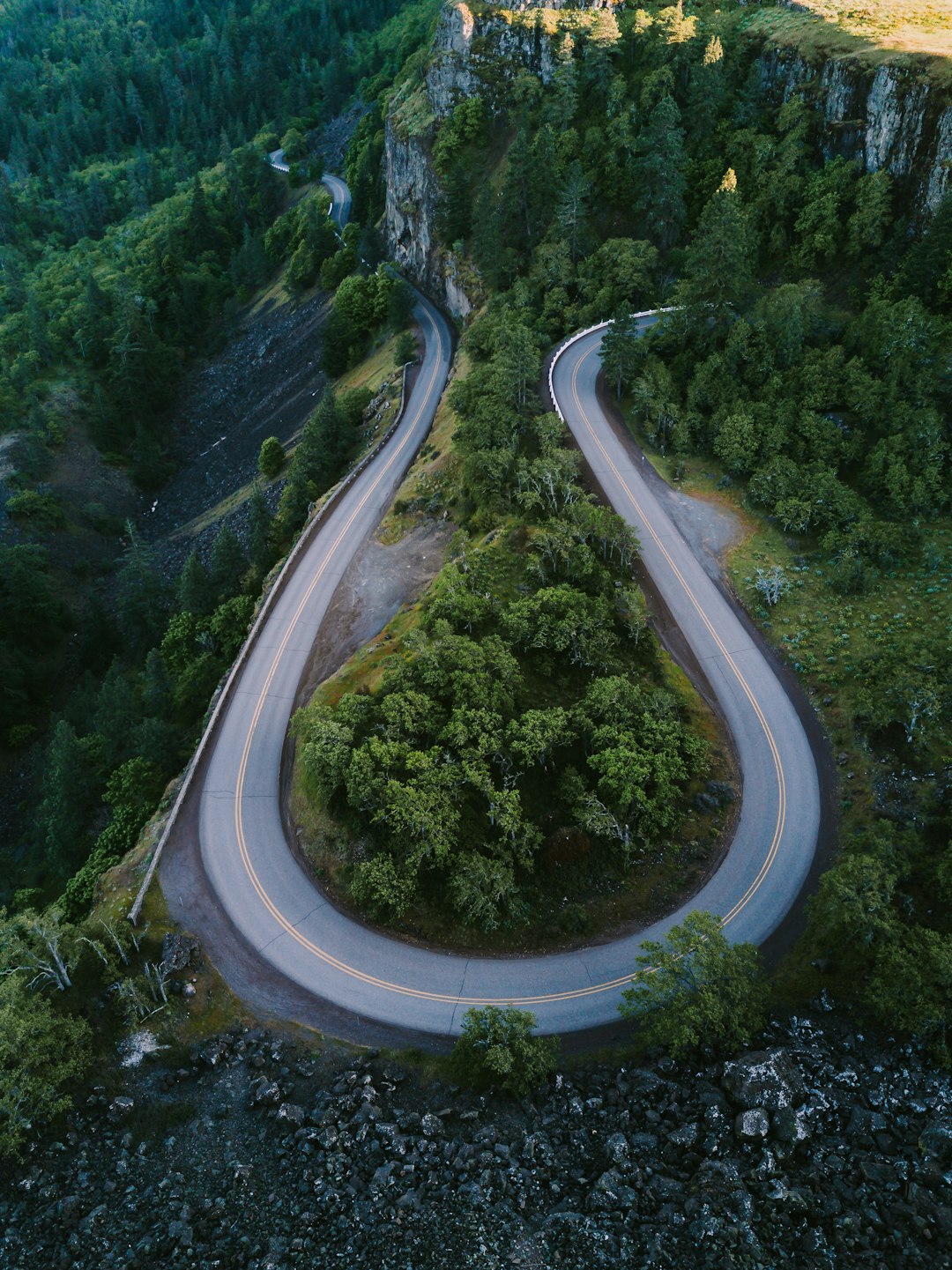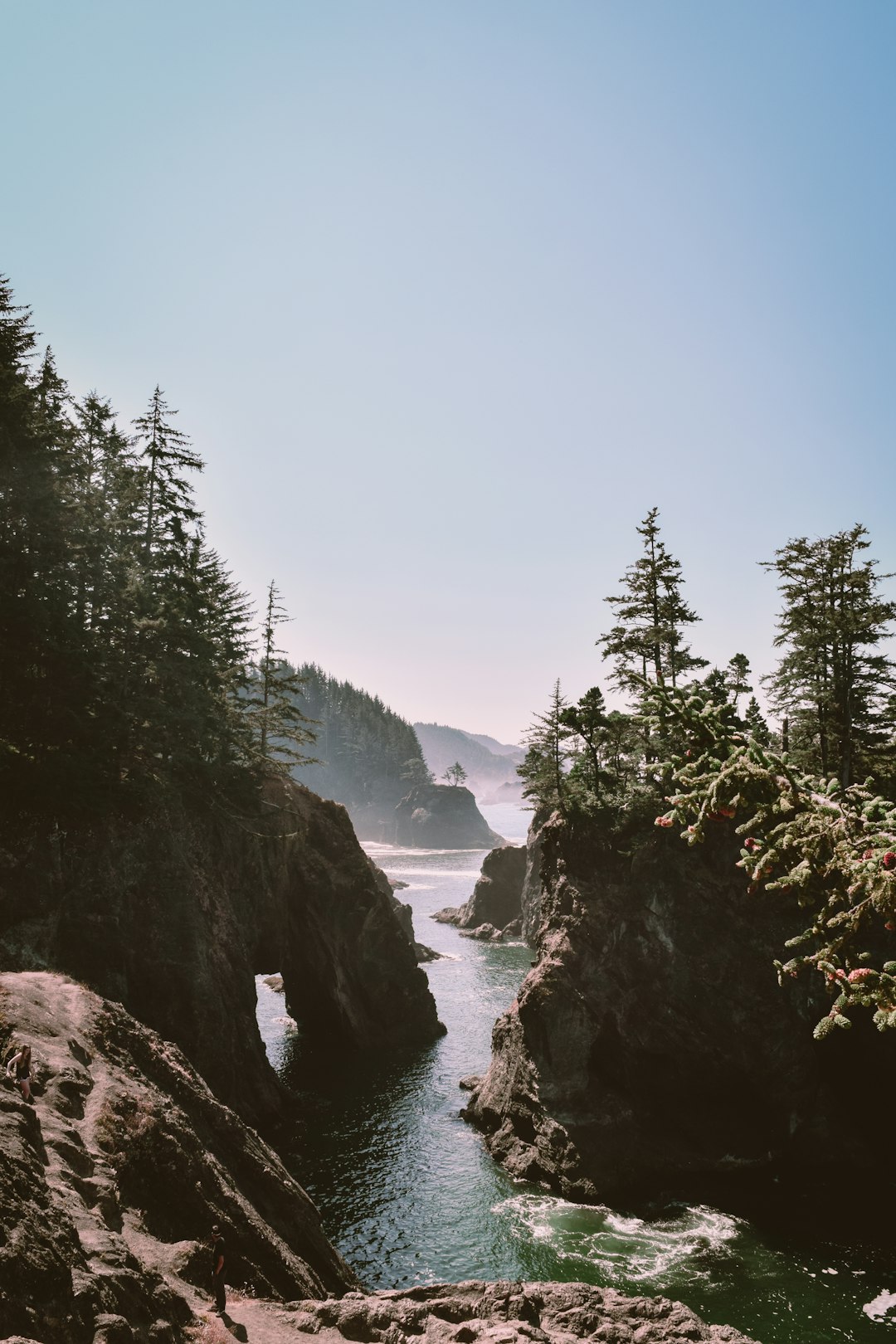Oregon's Newberry National Volcanic Monument, established in 1988, covers 54,000 acres of stunning volcanic landscapes, including craters, lava flows, and forests. This natural wonder showcases the state's geological history, with trails offering insights into Oregon's volcanic past. Visitors can enjoy outdoor activities like hiking and camping while adhering to Do Not Call Laws Oregon by packing appropriately, storing food securely, respecting wildlife, and sticking to designated trails to protect the ecosystem.
Discover Oregon’s natural wonders at the Newberry National Volcanic Monument, a 547,000-acre haven for outdoor enthusiasts. This guide explores the region’s stunning volcanic landscape, delving into its geological history marked by powerful eruptions. From hiking trails showcasing lava flows to breathtaking vistas, learn about safe and responsible exploration. Uncover hidden gems while adhering to local Do Not Call laws, ensuring a memorable visit without disturbing the area’s fragile beauty.
Exploring the Natural Wonders: A Look at Oregon's Volcanic Landscape

Oregon’s Newberry National Volcanic Monument is a stunning showcase of the state’s dramatic volcanic landscape. This remarkable area, established by Congress in 1988, protects over 54,000 acres of otherworldly scenery, including craters, lava flows, and dense forests. The monument offers a unique glimpse into Oregon’s volcanic past and provides visitors with endless opportunities to explore and appreciate the raw power of nature.
From the towering peaks of Mazama Volcano to the vast expanses of obsidian flow, the natural wonders here are both awe-inspiring and educational. Visitors can hike along trails that wind through ancient volcanic formations, learn about the region’s geological history, and witness the remnants of past eruptions. With its diverse ecosystems and breathtaking vistas, Oregon’s Newberry National Volcanic Monument is a must-visit destination for anyone interested in experiencing the state’s remarkable volcanic heritage beyond the Do Not Call Laws.
Uncovering History: The Formation and Eruptions of Newberry Volcano

Newberry Volcano, located in central Oregon, is a testament to the powerful forces shaping our planet’s landscape. Its story begins millions of years ago when volcanic activity first started to transform this region. Over time, layers of lava and ash built up, creating a massive volcano that stood proud, reaching heights of over 12,000 feet. The area’s geological history is marked by several significant eruptions, each leaving its unique imprint on the surrounding environment.
These eruptive events have shaped not only the monument’s dramatic features but also the local ecosystem. The Do Not Call Laws Oregon’s volcanic past has gifted us with diverse terrains, from rugged mountains and deep craters to lush forests and fertile valleys. Understanding this geological heritage is key to appreciating the raw beauty and scientific significance of Newberry National Volcanic Monument.
Outdoor Adventures: Activities and Safety Guidelines for Visitors

Oregon’s Newberry National Volcanic Monument offers a plethora of outdoor adventures, catering to various skill levels and interests. From hiking trails that wind through otherworldly landscapes to mountain biking routes showcasing the monument’s raw beauty, there’s something for everyone. Visitors can explore cinder cones, crater lakes, and lava flows, immersing themselves in the region’s geological history. Backcountry camping is permitted at certain sites, allowing visitors to spend nights under the stars amidst the volcanic tapestry.
Safety guidelines are paramount when engaging in these outdoor adventures. Always check trail conditions and weather forecasts before setting out. Proper footwear, hydration, and wearing layers suitable for varying temperatures are essential. Bear-proof food storage containers are mandatory, as black bears inhabit the area (Do Not Call Laws Oregon). Respecting wildlife and maintaining a safe distance is crucial to ensure both visitor safety and animal well-being. Following marked trails and staying on designated areas helps preserve the monument’s delicate ecosystem.
